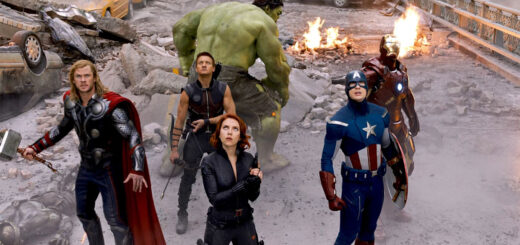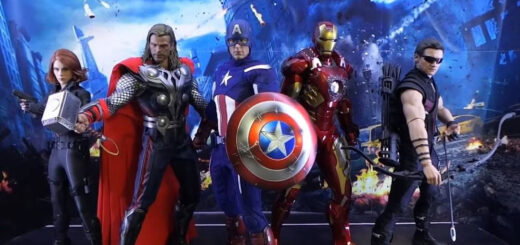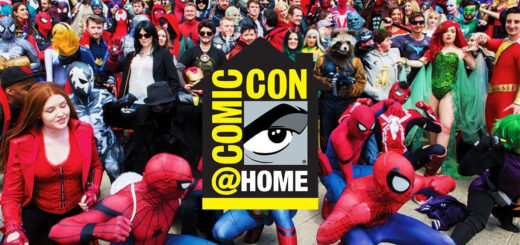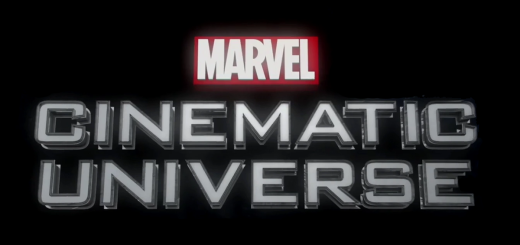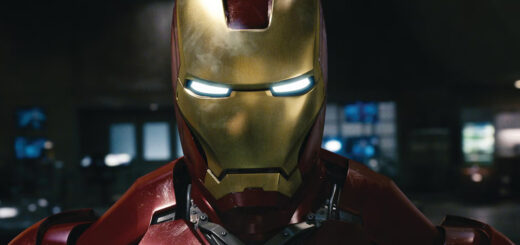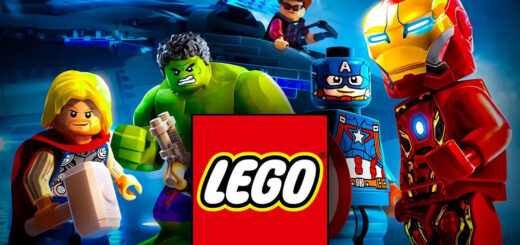Marvel’s Most Iconic Comic Book Covers Through the Ages
Comic book covers have long been a gateway to the fantastical worlds and thrilling stories that lie within their pages. Marvel Comics, in particular, has produced some of the most memorable and influential cover art in the industry’s history. Let’s take a journey through time and explore some of Marvel’s most iconic comic book covers that have left an indelible mark on popular culture.
The Golden Age: Birth of Icons
Amazing Fantasy #15 (1962)
No discussion of iconic Marvel covers would be complete without mentioning Amazing Fantasy #15, which introduced the world to Spider-Man. This cover, featuring the web-slinger swinging into action while carrying a criminal, perfectly encapsulates the essence of the character. It has become one of the most recognizable images in comic book history and set the stage for Spider-Man’s enduring popularity.
Captain America Comics #1 (1941)
Another groundbreaking cover from Marvel’s early days is Captain America Comics #1. The image of Captain America punching Adolf Hitler made a bold political statement and established the character as a symbol of American ideals and strength during World War II.
The Silver Age: Artistic Revolution
Fantastic Four #1 (1961)
The launch of the Fantastic Four marked the beginning of the Marvel Age of Comics. While not included in our search results, this cover deserves mention for its significance in introducing Marvel’s first superhero team and setting the tone for the company’s future success.
The Amazing Spider-Man #50 (1967)
Known as the “Spider-Man No More!” cover, this iconic image shows Peter Parker walking away from his discarded Spider-Man costume. It perfectly captures the internal struggle of the hero and has been homaged numerous times, including in a recent variant cover by John Romita Jr.
The Bronze Age: Tackling Mature Themes
The Uncanny X-Men #141 (1981)
The cover of “Days of Future Past” featuring an older Kitty Pryde in front of a “Wanted” poster of mutants is so iconic that even DC Comics has paid homage to it. This cover hinted at the dark future awaiting the X-Men and has become a touchstone for time-travel stories in comics.
Iron Man #128 (1979)
This issue, known as “Demon in a Bottle,” features a cover that depicts Tony Stark’s struggle with alcoholism. It marked a turning point in comics, addressing serious, real-world issues within the superhero genre.
The Modern Age: Artistic Innovation
Spider-Man #1 (1990)
Todd McFarlane’s cover for Spider-Man #1 is a prime example of the dynamic and detailed art style that defined comics in the 1990s. Its recent reimagining by modern artists showcases its lasting impact on the industry.
Daredevil #181 (1982)
Frank Miller’s cover featuring Daredevil and Elektra is a masterpiece of composition and foreshadowing. Its recent homage by Frank Cho in Daredevil #7 demonstrates its enduring influence.
Contemporary Classics
Captain Marvel #1 (2012)
The cover of the first Captain Marvel series starring Carol Danvers has become a modern classic. Its recent homage in Captain Marvel #45 by Carmen Carnero shows how quickly it has become an iconic image for the character.
Moon Knight #1 (1980)
Bill Sienkiewicz’s haunting cover for Moon Knight #1 has stood the test of time, with a recent reimagining in Moon Knight #19 by David Nakayama.
The Legacy Continues
Marvel continues to produce stunning cover art that captures the imagination of readers. In 2023, the company launched a series of variant covers that pay homage to these classic images, reimagined by today’s leading artists. This initiative not only celebrates Marvel’s rich visual history but also demonstrates how these iconic covers continue to inspire new generations of artists and fans.
From Spider-Man’s first appearance to the latest reimaginings of classic covers, Marvel’s comic book art has consistently pushed the boundaries of creativity and storytelling. These covers not only serve as gateways to amazing stories but also as standalone pieces of art that have become ingrained in our cultural consciousness.
As we look to the future, it’s clear that Marvel’s tradition of creating iconic cover art will continue, inspiring readers and artists alike for generations to come.
